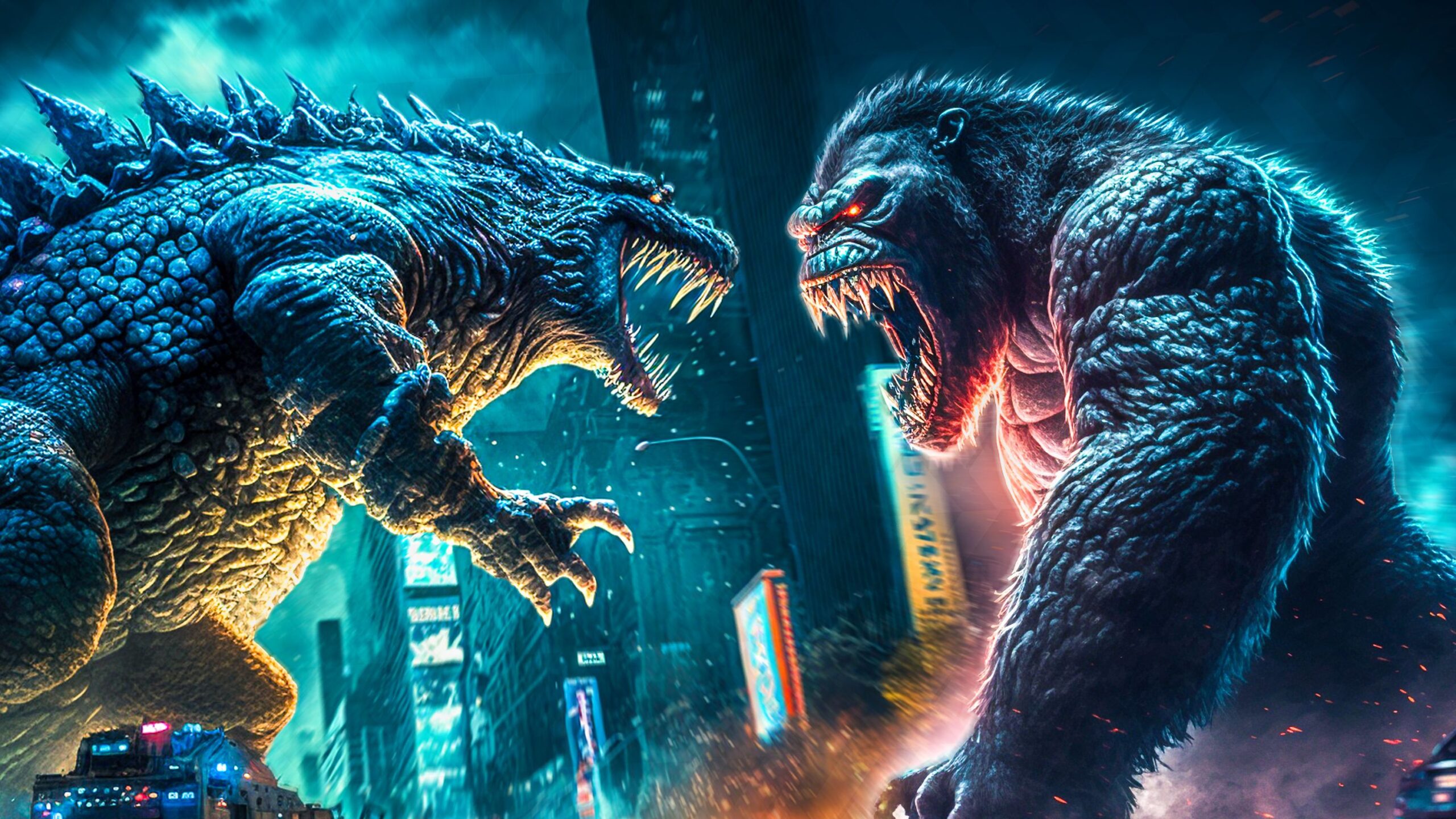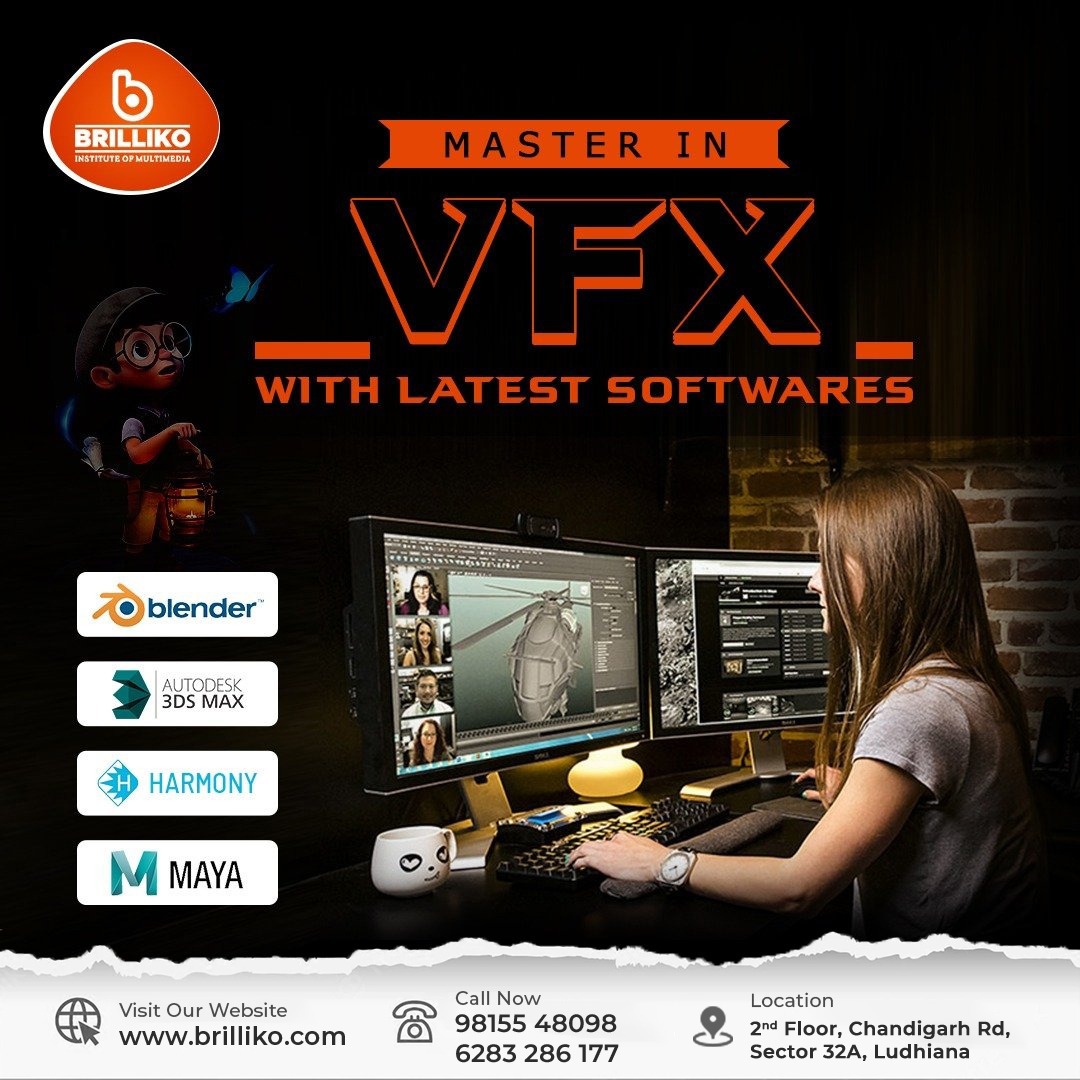10 Modern Visual Effects Methods Transforming the Motion Picture Industry!
In the dynamic field of filmmaking, visual effects, or VFX, are essential to realizing creative vision on screen. Visual effects have revolutionized the storytelling and experience of stories, bringing to life magnificent animals and gorgeous landscapes. This article explores the field of contemporary visual effects techniques that are transforming the motion picture business.
Table of Contents

Digital Manufacturing:
Since real-time rendering technology has advanced, virtual production has becoming increasingly popular. Filmmakers now have more creative freedom and flexibility during production since they can build entire universes and landscapes in a virtual area. Directors can see intricate situations in real time by using tools like virtual cameras and LED walls, which improves the entire filming process.
Capturing Performance:
Performers’ ability to bring virtual avatars to life has been transformed by performance capture technology. VFX artists are able to smoothly incorporate actors’ facial emotions and body movements into computer-generated imagery (CGI) by meticulously recording the subtleties of their performances. The distinction between reality and imagination is blurred by the widespread usage of this method in movies like Avatar and the Planet of the Apes series.

Deep Learning Methodologies:
A new era of visual effects realism has been ushered in by deep learning algorithms. These algorithms are able to recreate natural events like fire, water, and smoke with unparalleled accuracy by evaluating large volumes of data. By doing so, filmmakers are able to push the limits of what is aesthetically feasible on screen and create immersive environments that were previously unattainable.
Generation of Procedurals:
Artists may build intricate textures and geometry using procedural generation techniques, which drastically cuts down on the time and effort needed to develop detailed materials. This technique works especially well for creating realistic natural features, elaborate cityscapes, and large-scale landscapes. Filmmakers may now create cinematic quality on a never-before-seen scale thanks to procedural generation.

Rendering Based on Physics:
Visuals produced by physically-based rendering (PBR) are incredibly lifelike because it replicates the behavior of light in a physically precise way. PBR gives filmmakers the ability to create lifelike imagery that draws viewers into the tale by precisely simulating the interactions between light and surfaces, materials, and settings. This method has elevated the standard for visual quality in movies and has become a mainstay of contemporary visual effects.
Integration of Augmented Reality:
Filmmakers are progressively incorporating augmented reality (AR) technology into their work, which enables them to seamlessly merge virtual features with actual settings in real time. This opens up new creative opportunities for narrative by allowing actors to interact with artificial objects and characters as if they were physically present. Cast and crew enjoy a better on-set experience when augmented reality is integrated, which encourages creativity and teamwork.

Adaptive Models:
Realistic animations of physical phenomena, like fabric, hair, and fluid dynamics, are produced through the use of dynamic simulations. VFX artists may create realistic movement and interactions in their scenes by modeling the behavior of these objects using real-world physics. Audiences’ whole cinematic experience is enhanced by dynamic simulations, which give visual effects more depth and authenticity.
Upscaling Using Machine Learning:
Filmmakers can use artificial intelligence to improve the resolution and quality of low-resolution footage by employing machine learning-based upscaling algorithms. These algorithms can intelligently interpolate missing details, producing crisper and more detailed graphics, by examining the image’s patterns and textures. Upscaling based on machine learning is very helpful for remastering older movies and improving the visual clarity of archive material.

Previsualization of Virtual Reality:
Before starting production, filmmakers may test and hone their concepts in a completely realistic setting with virtual reality (VR) previsualization. Directors can streamline the preproduction process and save time and money by experimenting with camera angles, blocking, and visual effects in real-time by building virtual sets and settings in virtual reality (VR). Filmmakers can more precisely envisage their concept and make creative decisions early in the process thanks to VR previsualization.
Cloud-Based Graphic Design:
With cloud-based rendering technologies, filmmakers may use massive processing power to create intricate visual effects shots. Studios may boost productivity and drastically cut down on rendering times by shifting rendering jobs to the cloud. This enables them to tweak and iterate visual effects sequences more quickly. Additionally, cloud-based rendering makes it possible for artists who are spread out geographically to collaborate, which improves workflow efficiency and scalability.

Visual Effects Methods:
Visual effects methods is driving ongoing evolution in the motion picture business. These modern techniques, which range from virtual production to machine learning-based upscaling, are revolutionizing the storytelling on screen and pushing the envelope in terms of creativity and immersion. Brilliko Institute of Multimedia provides basic knowledge about visual effects methods. The potential for visual narrative is endless as technology develops, offering the prospect of a day when anything is conceivable in the film industry.




